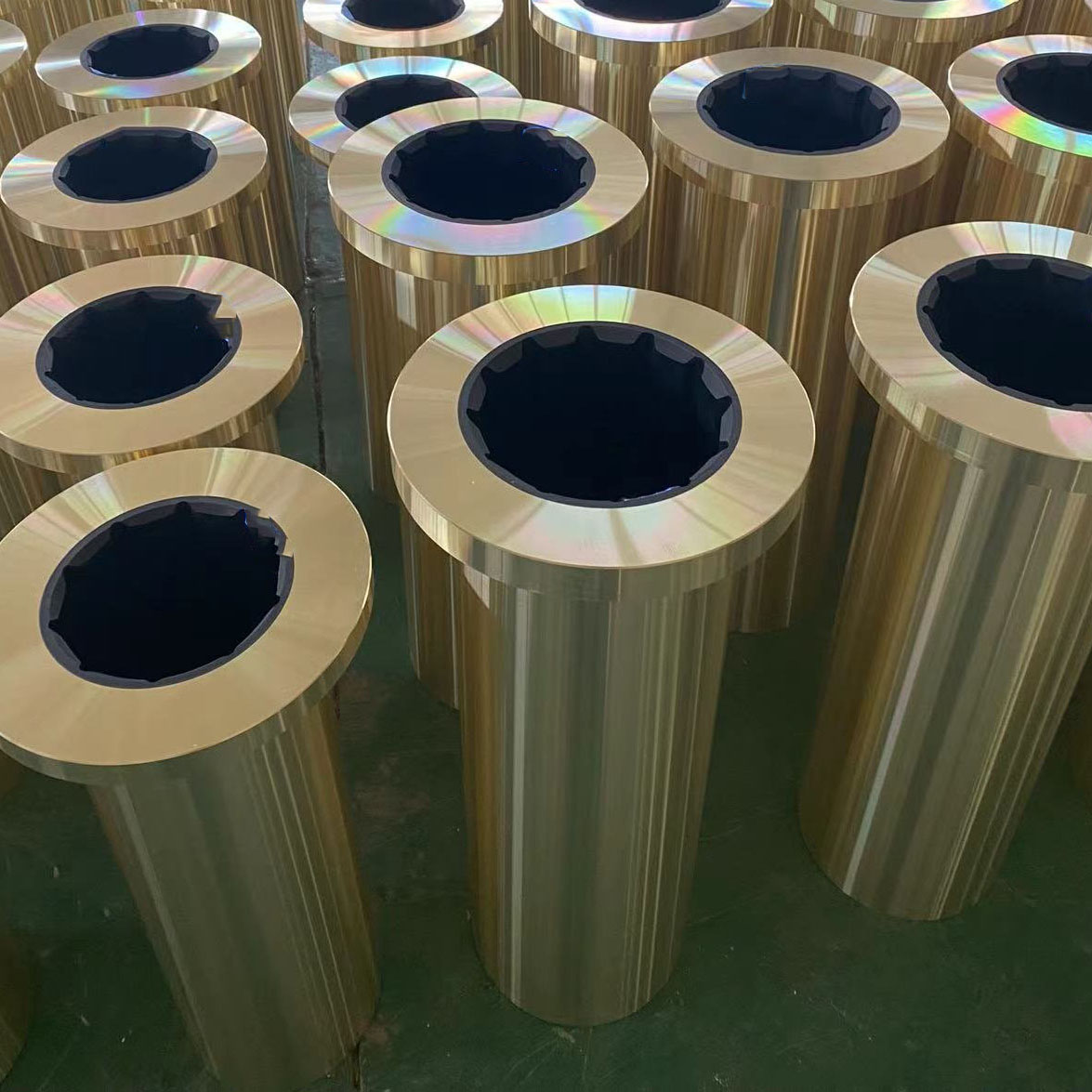crankshaft pulley seal
Understanding Crankshaft Pulley Seals Importance, Function, and Maintenance
The crankshaft pulley seal, often referred to as the crankshaft rear seal or front seal, plays a pivotal role in the engine's functionality. This small but crucial component is situated at the front or rear end of the crankshaft, ensuring that oil and other fluids do not escape from the engine. Though it may seem insignificant, the crankshaft pulley seal is integral to the overall health of an engine.
Function of the Crankshaft Pulley Seal
The primary function of the crankshaft pulley seal is to keep the engine oil contained within the engine block. As the engine operates, the crankshaft spins at high speeds, and the seal acts as a barrier to prevent oil leakage. If the seal is compromised, oil can escape, leading to a drop in oil levels. Insufficient oil can cause the engine to run dry, resulting in excessive wear and potential catastrophic failure.
Another important function of the crankshaft pulley seal is to prevent dirt, debris, and other contaminants from infiltrating the engine. This is crucial, as contaminants can cause significant engine damage over time. A well-functioning crankshaft pulley seal contributes to the engine's efficiency, performance, and longevity.
Common Issues and Signs of Failure
Despite their importance, crankshaft pulley seals can wear out over time due to factors such as heat, pressure, and age. A common sign of a failing seal is an oil leak, which may be visible beneath the vehicle. This leak can often be noticed as a puddle of oil under the vehicle or an oily residue around the crankshaft area. Additionally, drivers may notice a drop in oil pressure or increased oil consumption, which can indicate that the seal is not functioning properly.
crankshaft pulley seal

Another indicator of a failing crankshaft pulley seal is a whining or grinding noise stemming from the engine. This noise may be caused by the pulley itself, misalignment, or the breakdown of the seal due to age and wear. If any of these symptoms appear, it is crucial for vehicle owners to address the issue promptly to avoid more severe damage.
Maintenance and Replacement
Regular maintenance can help extend the life of the crankshaft pulley seal. Ensuring that the engine oil is changed at recommended intervals, checking for leaks, and monitoring oil levels can help maintain the integrity of the seal. During routine maintenance checks, mechanics should also inspect the seal for any signs of wear or damage.
If a crankshaft pulley seal needs replacement, it is vital to follow specific procedures to ensure proper installation. Incorrect installation can lead to further leaks and damage. It often involves disassembling several components, including the crankshaft pulley, and should typically be performed by a qualified mechanic.
Conclusion
In summary, the crankshaft pulley seal is a small but pivotal component that contributes significantly to engine performance. It prevents oil leaks, protects against contaminants, and aids in ensuring that the engine runs smoothly. Regular inspections and prompt attention to any signs of wear or damage can help maintain the health of the engine and prolong its life. By understanding the importance of this component, vehicle owners can take proactive steps to ensure their cars remain in optimal condition.
-
Understanding the Front Main Engine Seal: Purpose, Maintenance, and Installation
News Jul.29,2025
-
Understanding O-Rings and Seal Rings: Types, Applications, and Custom Solutions
News Jul.29,2025
-
Understanding Crankshaft Oil Seals: Rear Seals, Pulley Seals, and Their Role in Engine Integrity
News Jul.29,2025
-
The Importance of Front and Rear Crankshaft Seals in Engine Performance and Oil Management
News Jul.29,2025
-
Crank Oil Seals: Functions, Types, and Cost Considerations in Engine Maintenance
News Jul.29,2025
-
A Comprehensive Guide to O-Rings and Seals: Types, Materials, and Global Applications
News Jul.29,2025
-
Mastering Diesel and Performance Engine Maintenance: A Guide to Critical Oil Gaskets
News Jul.28,2025
Products categories















